by Amanda Rose Newton
Perhaps the single most impressive skill that plants have over us humans is their ability to make their own food.
It’s literally the equivalent of making a sandwich happen in your stomach anytime you happen to be hungry, just by sitting in the sun!
The entire weight of the plant is generated by the plant, itself, with little reliance on outsourcing needs. Sugar production requires just a few ingredients: a little sunlight, some water, and a pinch of carbon dioxide thrown in.
This simple recipe is the basis of photosynthesis, which all plants engage in during their active growing season. The photosynthesis hotspot happens to be the leaves.
Roots and stems were covered earlier in our How Plants Work series, a glimpse into the role major plant organs play in ensuring success and longevity in your home or landscape.
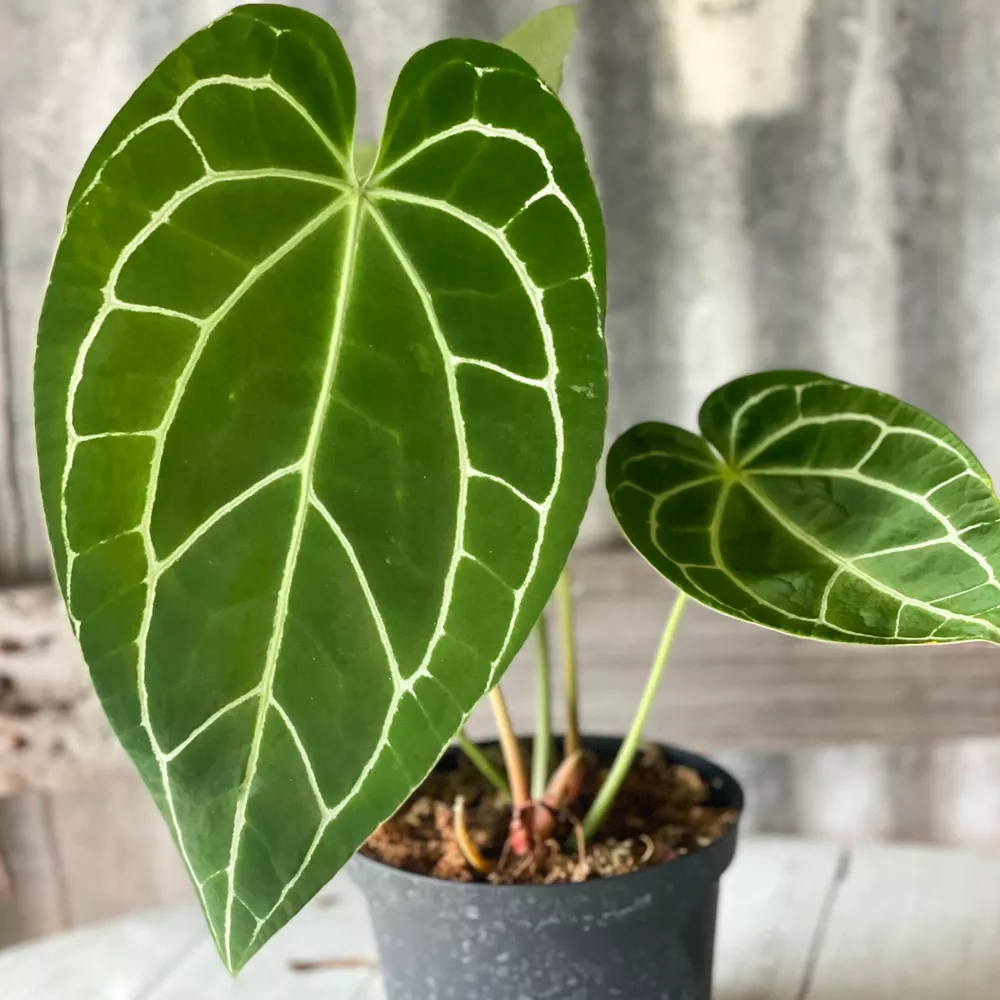
Plant needs are relatively simple if they are given the right placement and habitat to take care of their business. Leaves engage exclusively in creating mass and exchanging gas for the plant, both of which are critical to maintaining a healthy lifestyle.
It’s Easy Being Green!
Chlorophyll, the pigment that makes up chloroplast organelles within plant cells (of which there are dozens within the skin layer of each leaf), is what makes leaves green.
Leaves absorb every color except green, which in turn is reflected back to us!
Leaf change up north (truly a magical experience), is due to different plastids containing orange/red pigments that come into play as the chloroplasts die out. This is why the change is gradual instead of in the blink of an eye.
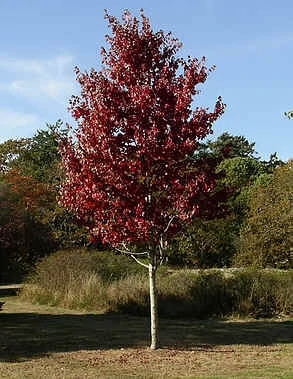
Light is absorbed by these special organelles during the day and transformed into sugar during the darker hours. Plants are the masters at time management!
If you are a science nerd, I highly recommend reading into this in detail, as the actual chemical breakdown process of the Calvin or dark cycle is insane! The end result of this day and night sugar fest is energy for the plant and oxygen given off as a waste product for us, a good reason to add another house plant to your collection!
The Gas Plants Pass
If you look up a diagram of a plant leaf, it looks eerily similar to one of our skin. Leaves exist in layers, just like us, and many of the names transfer over. Plants have an epidermis with mesophyll filling the median layers. Here is where you will find chloroplasts, actively seeking light.
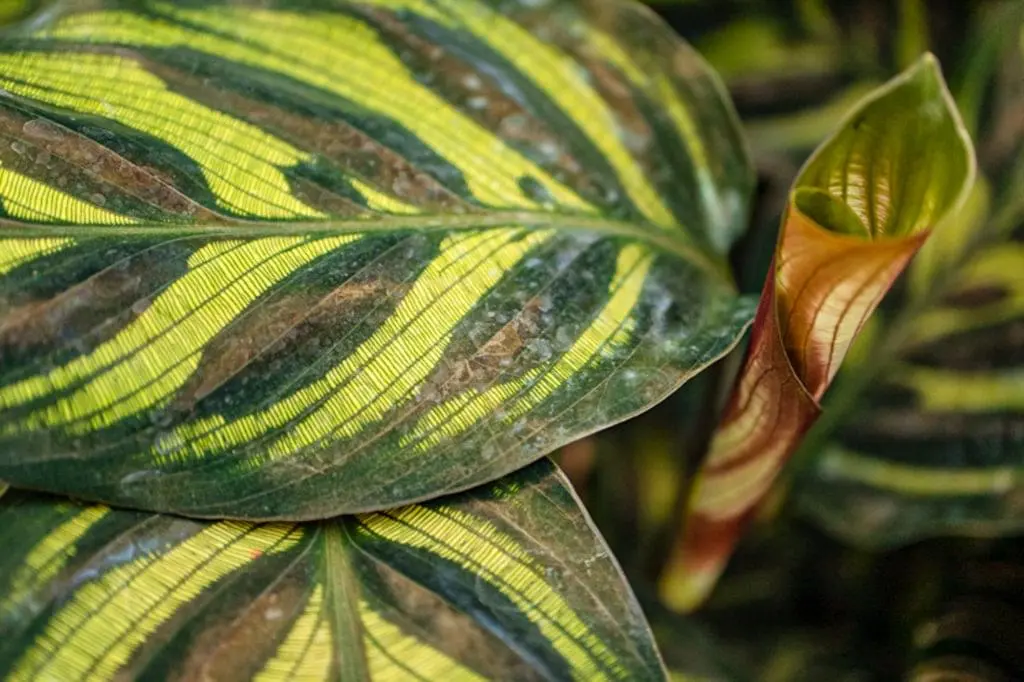
Below is the “spongy” mesophyll, which gets its name as it is not as jam-packed with light-happy organelles and tends to have gaps that give it a spongy appearance. Isn’t it great when parts are named after what they resemble?
Located within that epidermal layer are small pore-like structures called stomata, which is how plants exchange gases (carbon dioxide and oxygen) with the outside world. The stomata even have guard cells on either side, which help to regulate when it’s time to close (hot weather) or open (morning light).
This is also important to take note of as a plant owner, as you certainly do not want to impair your plant’s breathing! Make sure to only apply insecticides (especially oil-based ones) during the early or dusk hours to avoid clogging the pores.
Leaves of Unusual Design
Not all leaves resemble leaves! Pine needles, for instance, are leaves!
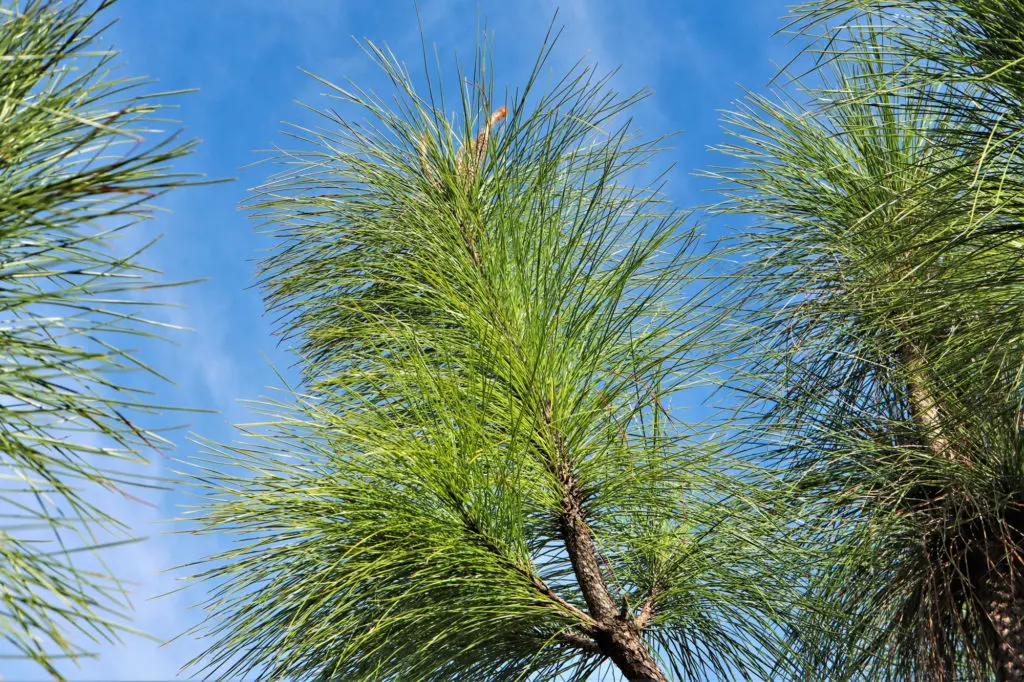
So are the “spines” on cacti, which have been severely modified to reduce water loss.
In the case of cacti family members, they utilize their stems for photosynthetic activity and take on the majority of sugar-producing action at night. This unique style is known as CAM photosynthesis and as a cacti owner, it is important to place them in a spot that will give them ample light and little water to ensure they function properly.
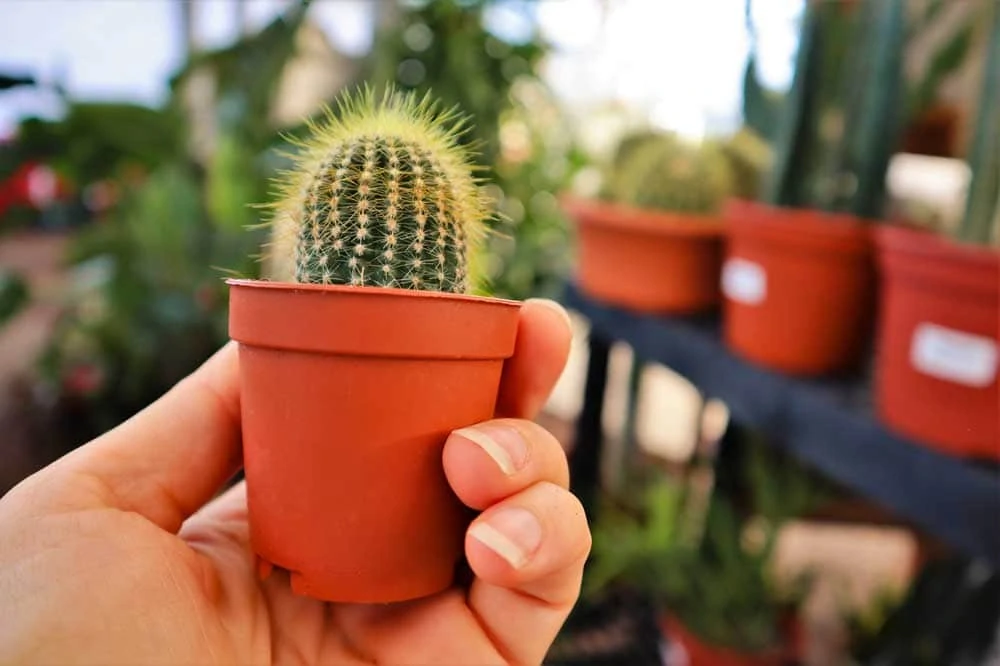
Similarly, sugar cane and many types of grass run through their supplies quickly and need sunlight and water in larger amounts.
Knowing the photosynthetic requirements of your plants helps make the best possible choices in placement and care. Rotating your plants that are indoors once a month or so is a good practice in ensuring healthy overall growth.
As living, breathing, organisms who rely on the sun for food production, plants naturally slow down during the winter.
Fertilizing and watering requirements will also drop drastically during colder weather and so will a few of their leaves. This is all a natural part of the process, even here in Florida and within the walls of your home.
We are just on the cusp of spring (officially) and you will see your plants perk up and go through a growth spurt with the lengthening hours of daylight.
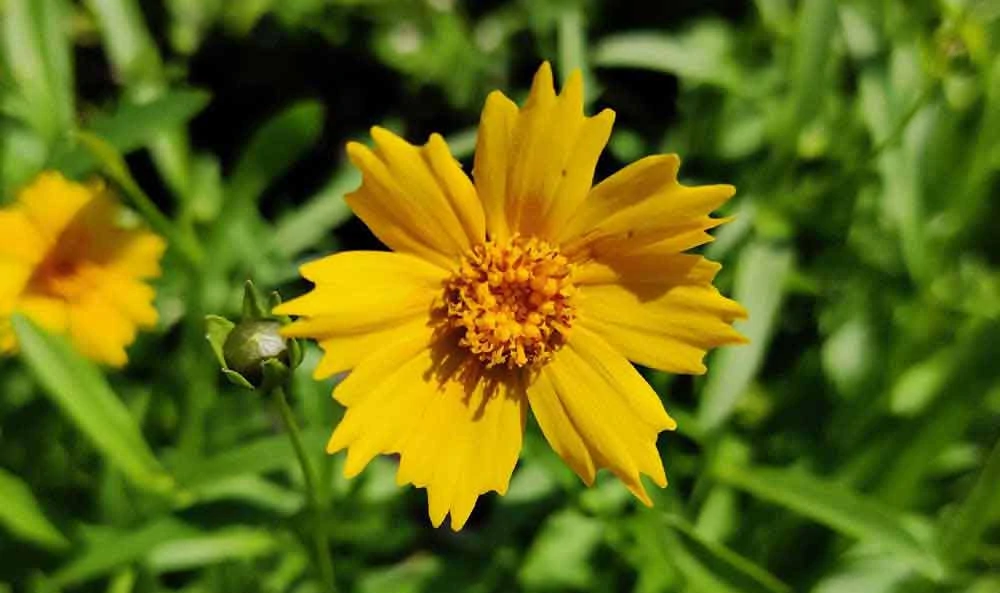
Seeing this happen season to season serves as a reminder of how structure implies function in nature and in life! If the stresses of the season catch up with you, remember to look to plants as a reminder to enjoy the sunlight, fresh air, and to breathe in and out.


